17 Great Books Every Innovator Should Read (Part 1/2)

It is known that what we read shapes our minds somehow. In this article, Gregg Satell talked about the power of books and he highlighted 17 books that he thinks innovators should read. Here they are;
- The Second Machine Age by Erik Brynjolfsson and Andrew McAfee
An innovator’s first job is to understand the era in which he or she lives. Countless enterprises have failed because they did not see the winds of change. At the same time, even a breakthrough idea can fail if it doesn’t gain traction because it fails to tap into current technology trends.
There is perhaps no book which explains our current technological era than The Second Machine Age, by Erik Brynjolfsson and Andrew McAfee, two economists from MIT, which gives a comprehensive, but highly readable, account of how exponential progress in technology affects our businesses and our lives.
This is one of those books I’ve returned to again and again.
- The Rise and Fall of American Growth by Robert J. Gordon
In The Rise and Fall of American Growth, economist Robert Gordon makes the diametrically opposite argument to Brynjolfsson and McAfee. While they argue that technology will usher in a new era of almost limitless productivity growth, Gordon sees an era of stagnation ahead.
Gordon argues that, outside of the tech sector, productivity has been anemic since the 1970’s. He also points to six headwinds, such as an aging population, elevated debt and global warming, that will further inhibit productivity growth in the years to come. His account is painstakingly researched and well argued.
To be clear, I don’t agree with Gordon. I think he misses the extent to which digital technology is giving rise to entirely new fields, such as genomics, nanotechnology and robotics, that will have a far more pervasive impact than computers ever did. Still, his historical account is so compelling and the questions he raises are so important, that I think this is a must-read book.
- The Startup Owner’s Manual by Steve Blank
Probably the most powerful tool for developing a new idea that has come out in the last decade or two—or ever—is the lean launchpad methodology developed by Steve Blank. A lifelong entrepreneur, Blank has built a highly practical and effective framework based on the simple idea that “no business plan survives first contact with the customer.”
Blank’s ideas have become almost an industry in themselves, spawning a wide array of books, consulting practices and keynote speeches, most notably Eric Ries’ bestseller, The Lean Startup, but I always think its best to go straight to the source and The Startup Owner’s Manual is an absolutely essential resource for anyone launching a new business, whether it is a startup or a new product line within a larger organization.
- Business Model Generation by Alex Osterwalder
If Steve Blank himself were to recommend a book for entrepreneurs, it would probably this one, which build on Steve’s ideas by creating an easy-to-use Business Model Canvas to help develop a path to profitability. Osterwalder’s methods have become so important and pervasive, that it’s hard to get a startup funded these days unless you can show you’ve followed them.
Another nice thing about this book is that it’s highly graphical, which makes it easy to follow step by step. It’s not the type of book that you highlight and make notes in, but rather something that you keep on your desk and use everyday.
- Smarter Faster Better by Charles Duhigg
Innovation is, as I’ve written before, a process of finding novel solutions to important problems. In other words, great innovators are able to get things done when most people have either given up or hit a wall. In Smarter Faster Better, Charles Duhigg, an editor at The New York Times and author of The Power of Habit, offers great insight into how that’s done.
This is a truly wonderful book. Told through an incredibly diverse set of stories ranging from the making of Pixar’s hit movie Frozen the the Yom Kippur war, and backed by thorough research into the science of productivity, Duhigg argues that the key to getting more done is not working harder or longer, but changing the way we think about problems.
- Humans Are Underrated by Geoff Colvin
We tend to think of innovator’s as incredibly clever and that’s usually true, but they are also great collaborators. It is rare that anybody has more than one piece of the puzzle, so for really tough problems you need to work as part of a diverse team. Innovation, more than anything else, is combination.
In Humans Are Underrated, longtime Fortune editor Geoff Colvin makes the case that as technology is increasingly automating cognitive tasks, the social aspects of work are coming to the fore. So if you’re looking to solve really tough and important problems, you need to stop looking for the best people and start building the best teams.
- The Innovators by Walter Isaacson
Walter Isaacson is one of those rare authors that I recommend to buy anything he publishes as soon as it comes out. His biographies of Benjamin Franklin, Albert Einstein and Steve Jobs are all among the best of the genre. His latest book, The Innovators, is no different.
Starting from Ada Lovelace and the origins of computing, Isaacson traces his way through the history of information technology all the way up to the present day. As he does so, he illuminates us about the incredibly diverse collection of incredible minds who created the technology we know today.
What is perhaps most important about this book is the powerful argument he makes for collaboration. None of the brilliant people he profiles worked in isolation and all borrowed and learned from each other. At the same time, Isaacson makes the story incredibly engaging and readable without giving short shrift to important technical aspects.
- The Singularity Is Near by Ray Kurzweil
When Ray Kurzweil published The Singularity Is Near in 2006, many scoffed at his outlandish predictions. A year before Apple launched its iPhone, Kurzweil imagined a world in which humans and computers essentially fuse, unlocking capabilities we normally see in science fiction movies.
Yet today, his predictions don’t seem so crazy. We now find it completely ordinary to speak into our phones and get an artificially intelligent response. And, as I noted above, the three nascent technologies he predicted would come to the fore, genomics, nanotechnology and robotics, are indeed becoming central to how we create revolutionary new products.
This is a book that anybody with a serious interest in technology should read.
Wait for part two for this article to be published soon.
This article was previously published on Innovation Excellence.












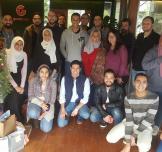







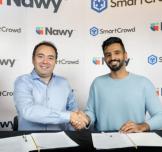









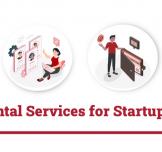





















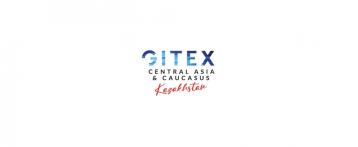
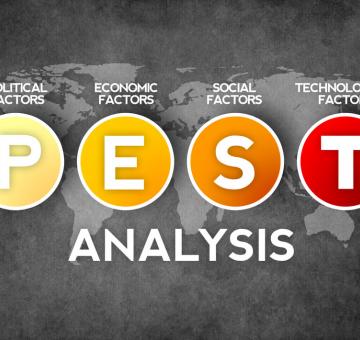
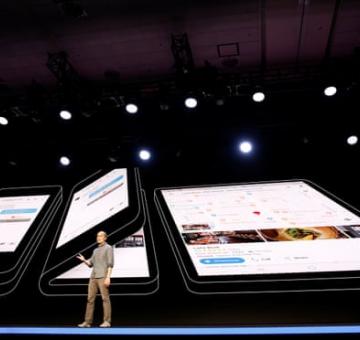

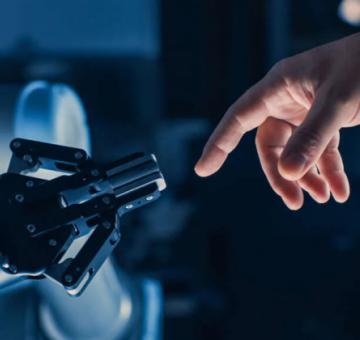




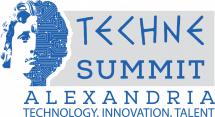


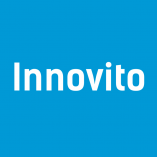




EgyptInnovate site is not responsible for the content of the comments